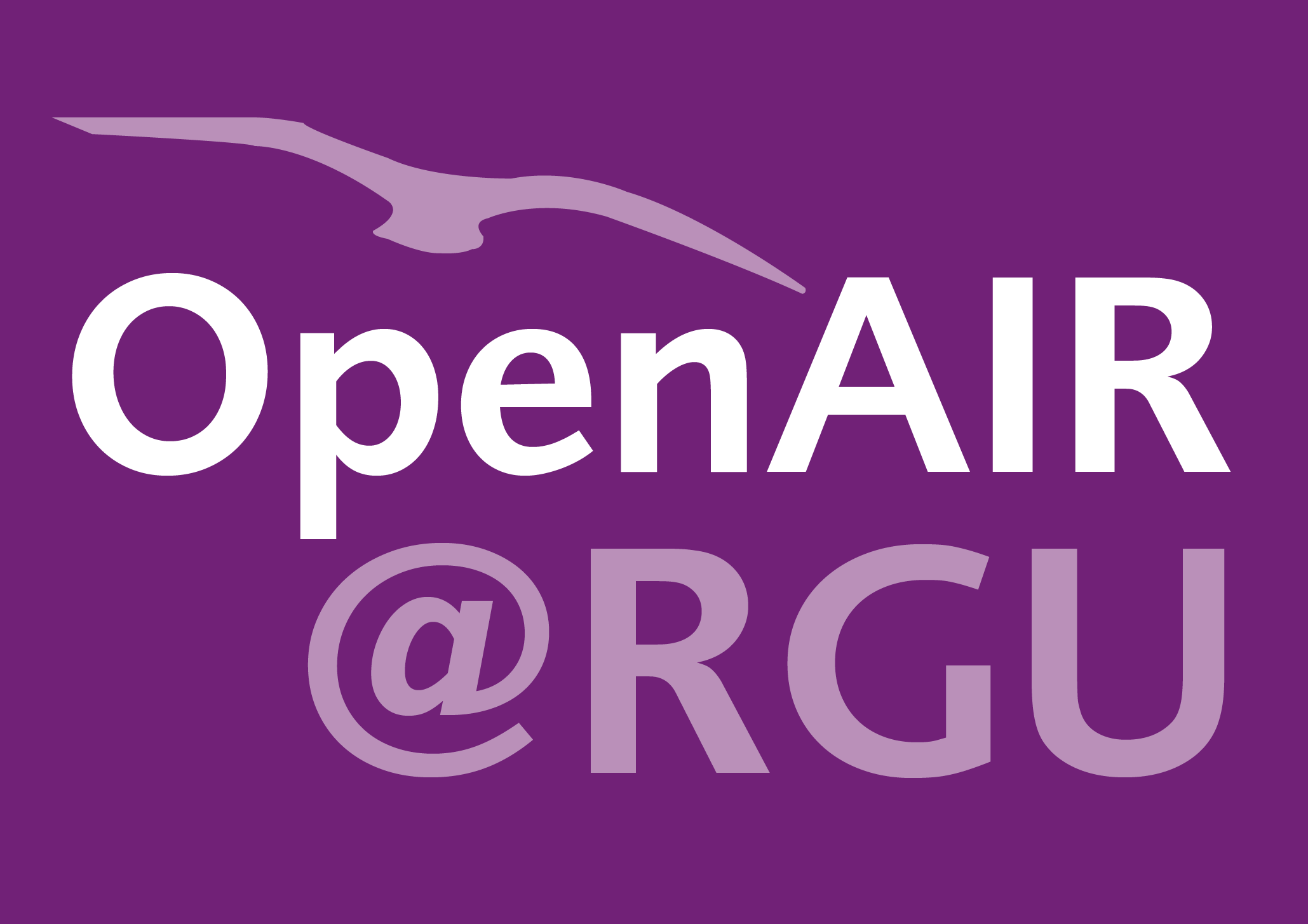Steve W. Thompson
A novel approach to 1RM prediction using the load-velocity profile: a comparison of models.
Thompson, Steve W.; Rogerson, David; Ruddock, Alan; Greig, Leon; Dorrell, Harry F.; Barnes, Andrew
Authors
David Rogerson
Alan Ruddock
Mr Leon Greig l.greig5@rgu.ac.uk
Lecturer
Harry F. Dorrell
Andrew Barnes
Abstract
The study aim was to compare different predictive models in one repetition maximum (1RM) estimation from load-velocity profile (LVP) data. Fourteen strength-trained men underwent initial 1RMs in the free-weight back squat, followed by two LVPs, over three sessions. Profiles were constructed via a combined method (jump squat (0 load, 30-60% 1RM) + back squat (70-100% 1RM)) or back squat only (0 load, 30-100% 1RM) in 10% increments. Quadratic and linear regression modeling was applied to the data to estimate 80% 1RM (kg) using 80% 1RM mean velocity identified in LVP one as the reference point, with load (kg), then extrapolated to predict 1RM. The 1RM prediction was based on LVP two data and analyzed via analysis of variance, effect size (g/η2p), Pearson correlation coefficients (r), paired t-tests, standard error of the estimate (SEE), and limits of agreement (LOA). p [less than] 0.05. All models reported systematic bias [less than] 10 kg, r > 0.97, and SEE [less than] 5 kg, however, all linear models were significantly different from measured 1RM (p = 0.015 [less than] 0.001). Significant differences were observed between quadratic and linear models for combined (p [less than] 0.001; ηp 2 = 0.90) and back squat (p = 0.004, ηp 2 = 0.35) methods. Significant differences were observed between exercises when applying linear modeling (p [less than] 0.001, ηp 2 = 0.67-0.80), but not quadratic (p = 0.632-0.929, ηp 2 = 0.001-0.18). Quadratic modeling employing the combined method rendered the greatest predictive validity. Practitioners should therefore utilize this method when looking to predict daily 1RMs as a means of load autoregulation.
Citation
THOMPSON, S.W., ROGERSON, D., RUDDOCK, A., GREIG, L. DORRELL, H.F. and BARNES, A. 2021. A novel approach to 1RM prediction using the load-velocity profile: a comparison of models. Sports [online], 9(7), article 88. Available from: https://doi.org/10.3390/sports9070088
| Journal Article Type | Article |
|---|---|
| Acceptance Date | Jun 17, 2021 |
| Online Publication Date | Jun 22, 2021 |
| Publication Date | Jul 31, 2021 |
| Deposit Date | Jul 30, 2021 |
| Publicly Available Date | Jul 30, 2021 |
| Journal | Sports |
| Electronic ISSN | 2075-4663 |
| Publisher | MDPI |
| Peer Reviewed | Peer Reviewed |
| Volume | 9 |
| Issue | 7 |
| Article Number | 88 |
| DOI | https://doi.org/10.3390/sports9070088 |
| Keywords | Load-velocity profiling; 1RM prediction; 1RM estimation; Maximal strength; Linear regression |
| Public URL | https://rgu-repository.worktribe.com/output/1395890 |
Files
THOMPSON 2021 A novel approach (VOR)
(1 Mb)
PDF
Publisher Licence URL
https://creativecommons.org/licenses/by/4.0/
Copyright Statement
Copyright: © 2021 by the authors. Licensee MDPI, Basel, Switzerland. This article is an open access article distributed under the terms and conditions of the Creative Commons Attribution (CC BY) license
(https://creativecommons.org/licenses/by/4.0/).
